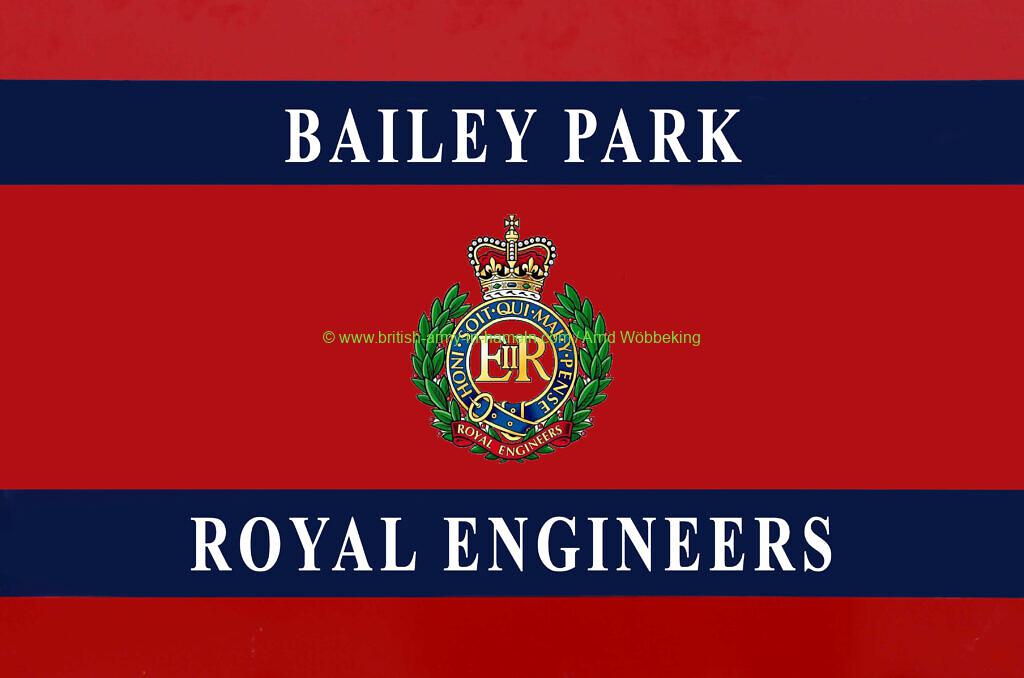
© www.british-army-in-hameln.com / Arnd Wöbbeking
Bailey Park, the 6.7-acre campground of the British army at the Reimerdeskamp. On the site which 2014 returned to the BImA. On the grounds stood Nissenhütten and workshop buildings. The Nissenhütten have now been demolished. Most of the terrain is paved with concrete slabs. In Hameln, it was the single territory of the British army, which had been tapped to the Deutsche Bahn by a railway line. The place is named after Sir Donald Coleman Bailey, OBE. He has further developed and perfected the named Bailey Bridge. This bridge is made up of single prefabricated segments and is used not only in the military. Throughout the world, these mobile bridges are still fulfilling their purpose. Anyone who happens to go to Holland and is near Eindhoven should look at the construction of the platform shelters. They consist of Bailey segments.
The REME (Royal Electrical and Machanical Engineer Workshops) have played an important role at Royal Engineers since the very beginning. Even more so in the Amphibian units stationed in Hameln. The Bailey Park was initially the base for the amphibious vehicles. Gillious, these were the first of the kind here in Hameln. A picture from the time Bob Tyler provided me. On the left you can see the Gillious ferries, which belonged to the first company of the 23 Amphibious Engineer Squadron. In the rear right weakly recognize the first M2 vehicles. When the 28 Amphibious Engineer Regiment was founded in 1971, the factory units moved to the other side of the Reimer descamps on the grounds of the Gundolph Park. This was equipped in advance with specially built for the M2 workshop estates.
Bailey Park, das 6,7 ha große Lagergelände der britischen Armee am Reimerdeskamp. Auf dem Gelände welches 2014 an die BImA zurückgegeben. Auf dem Gelände standen Nissenhütten und Werkstattgebäude. Die Nissenhütten sind inzwischen abgerissen worden. Der größte Teil des Geländes ist mit Betonplatten gepflastert. In Hameln war es das einizge Gelände der britischen Armee, welches mit einem Gleisanschluß an die Deutsche Bahn erschlossen gewesen ist. Benannt ist der Platz nach Sir Donald Coleman Bailey, OBE. Dieser hat dienach Ihm benannte Bailey Brücke weiterentwickelt und perfektioniert. Diese Brücke wird aus einzlenen vorgefertigten Segmenten zusammengesetzt und wird nicht nur beim Militär eingesetzt. Überall auf der Welt erfüllten und erfüllen auch heute noch diese mobile Brücken Ihren Zweck. Wer mal zufällig nach Holland fährt und in der Nähe von Eindhoven ist, sollte sich die Konstruktion der Bahnsteig-überdachungen ansehen. Sie bestehen aus Bailey Segmenten.
Die REME (Royal Electrical and Machanical Engineer Workshops) spielen bei den Royal Engineers seit Anfang an ein wichtige Rolle. Noch mehr jedoch bei den Amphibischen Einheiten die in Hameln stationiert gewesen sind. Der Bailey Park war am Anfang der Stützpunkt für die amphibischen Fahrzeuge. Gillious, das waren die ersten dieser Art die hier in Hameln waren. Ein Bild aus der Zeit hat mir Bob Tyler zur Verfügung gestellt. Links auf dem Photo zu sehen die Gillious Fähren, die damals zur 1. Kompanie gehörten der 23 Amphibious Engineer Squadron gehörten. Im Hintegrund rechts schwach zu erkennen die ersten M2 Fahrzeuge. Als 1971 das 28 Amphibious Engineer Regiment gegründet wurde, zogen die Werkstatteinheiten auf die andere Seite des Reimerdeskamps auf das Gelände des Gundolph-Parks. Dieser wurde im Vorfeld mit eigens für die M2 gebauten Werkstatthallen ausgestattet.
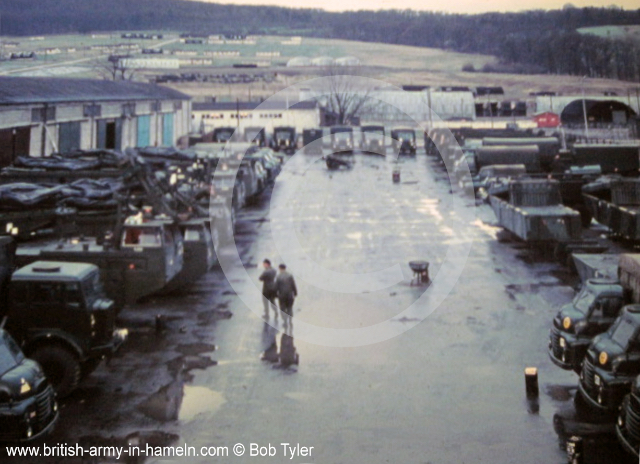
Joe Whiston, one of the first, who moved with 23 Amphibious Engineer Cadre from Osnabrück to Hameln, also sent me some photos. The following has been taken during the maintenance of a Gillious ferry at Bailey Park.
+++
Joe Whiston, einer der ersten der mit dem 23 Amphibious Engineer Cadre von Osnabrück nach Hameln kam, sendete mir ebenfalls ein paar Fotos. Das folgende ist bei der Wartung einer Gillious Fähre im Bailey Park entstanden.
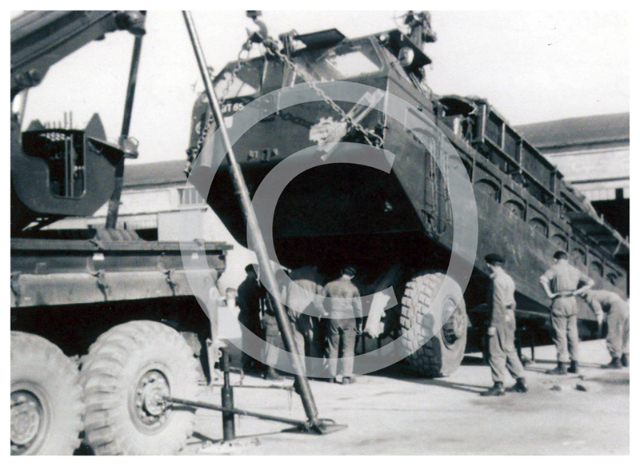
© Joe Whiston
1967 a 10t Smith Crane in the Bailey Park. This vehicle served as a recovery vehicle for the heavy Gillious vehicles. I have written a separate report on this vehicle, which you can find here: 10t Smith Crane “THE BEAST”
+++
1967 ein 10t Smith Crane im Bailey Park. Dieses Fahrzeug diente als Bergefahrzeug für die schweren Gillious Fahrzeuge. Über dieses Fahrzeug habe ich einen gesonderten Bericht geschrieben, den Ihr hier finden könnt: 10t Smith Crane „THE BEAST“
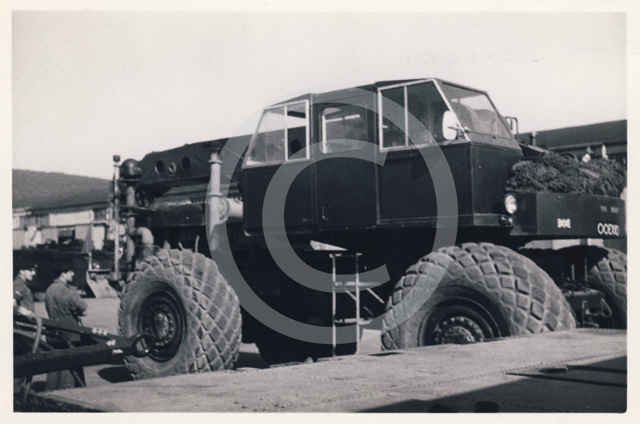
© John Harvey
In 1969, the first M2 ferries arrived, Herbie Wodehouse was one of the first to use these vehicles and picked them up from the factory. From him I have also the photo which shows the ferry with the VRN 24BT74 in Bailey Park.
+++
1969 trafen dann die ersten M2 Fähren ein, Herbie Wodehouse war einer der ersten, der diese Fahrzeuge bedient und der sie auch aus dem Werk mit abgeholt hat. Von Ihm habe ich auch das Photo was die Fähre mit dem Kennzeichen 24BT74 im Bailey Park zeigt.
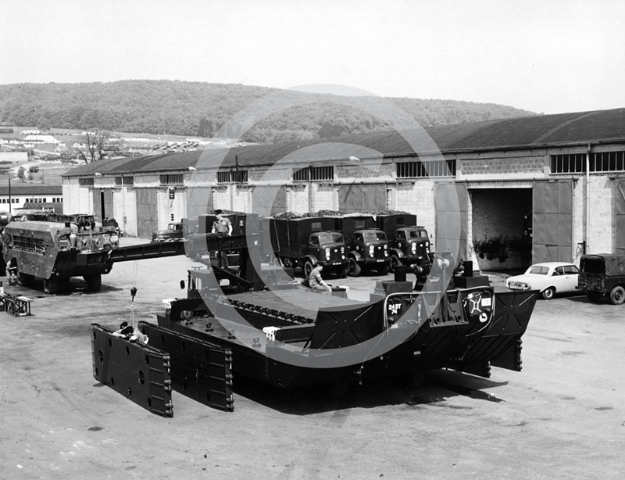
© Herbie Wodehouse
1982 it looked like on the following photo. Impressively, it shows all three areas at the Reimerdeskamp of the British armed forces. In the foreground the Bailey Park, behind Gundolph and above the Gundolph Park, the Ravelin (Bridge) Camp.
+++
1982 sah es dann aus wie auf dem folgendem Photo. Eindrucksvoll zeigt es alle drei Bereiche am Reimerdeskamp der britischen Streitkräfte. Im Vordergrund den Bailey Park, dahinter Gundolph und oberhalb des Gundolph Parks, das Ravelin (Bridge) Camp.
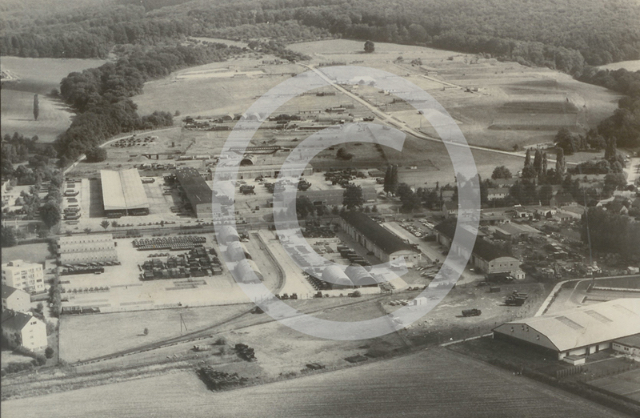
© & source – 28 Engineer Regiment
A lot of road rollers were stored in Bailey Park in 1983. Good to see on the following picture, which I received from Charlie Simcoe.
+++
Unmengen von Strassenrollen waren 1983 im Bailey Park gelagert. Gut zu erkennen auf dem folgenden Bild, welches ich von Charlie Simcoe erhalten habe.
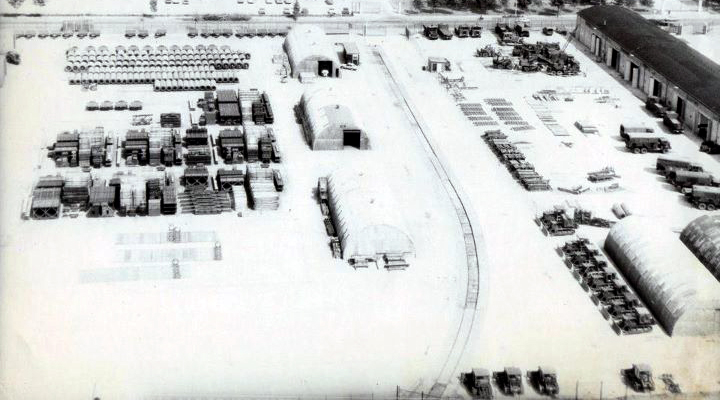
4 Jahre später überflog Friedhelm Haase das Gelände. Er hat mir sein Photo zur Verfügung gestellt, was er damals gemacht hat, vielen Dank dafür.
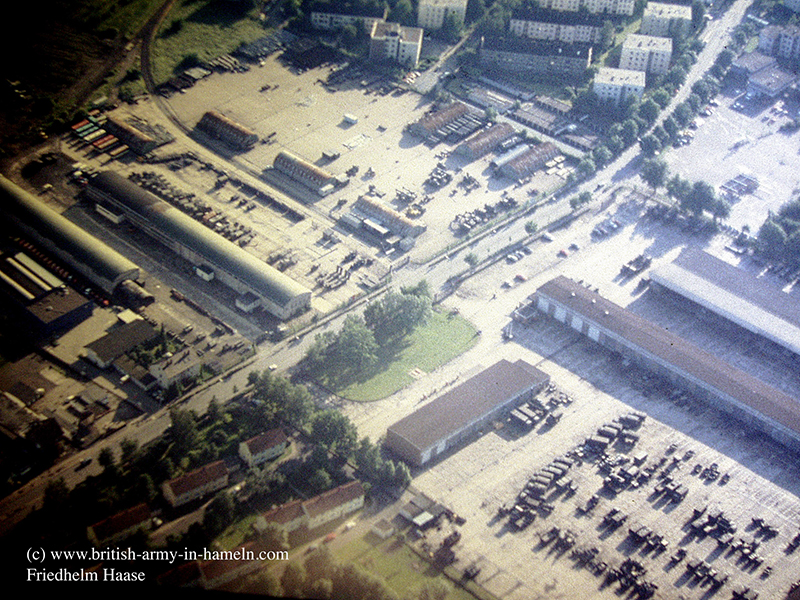
In 1997, Manfred Pöhler took the photo of the railway connection of the Bailey Park.
+++
1997 gelang Manfred Pöhler das Photo vom Gleisanschluß des Bailey Parks.

© Manfred Pöhler
In 2011, I had the opportunity to see the Bailey Park in operation and to take pictures again. My thanks to the CO and QM Lt.Col.Green for the support.
+++
Im Jahr 2011 hatte ich dann nochmals Gelegenheit den Bailey Park in Betrieb zu sehen und zu fotografieren. Mein Dank an den CO und QM Lt.Col.Green für die Unterstützung.
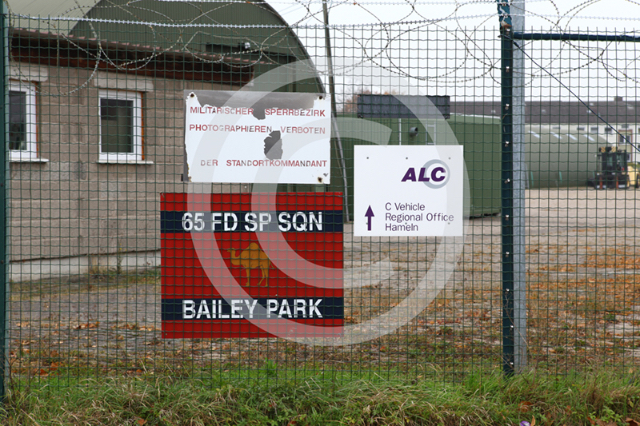
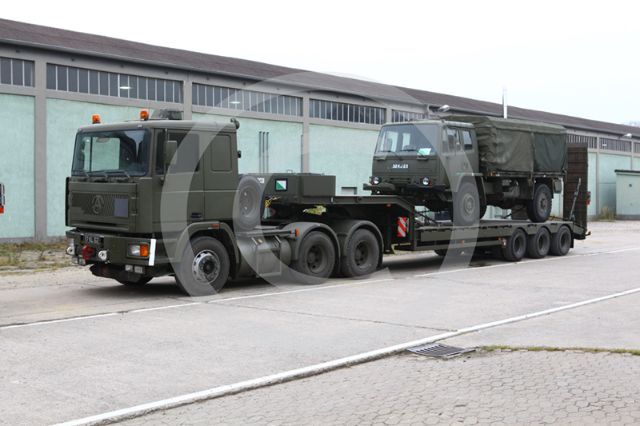
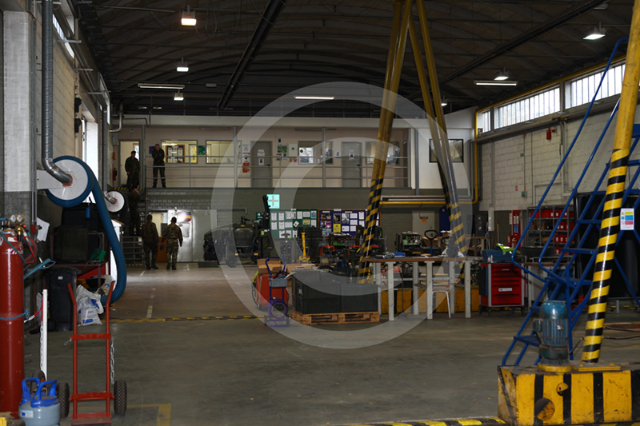
The last time I stayed at the Bailey Park I visited the museum in March 2014. The site was already completely cleared and the halls empty, end of an era.
+++
Das letzte Mal im Bailey Park bin ich im Zuge der Besichtigung mit dem Museum im März 2014 gewesen. Das Gelände war schon komplett geräumt und die Hallen leer, Ende einer Ära.
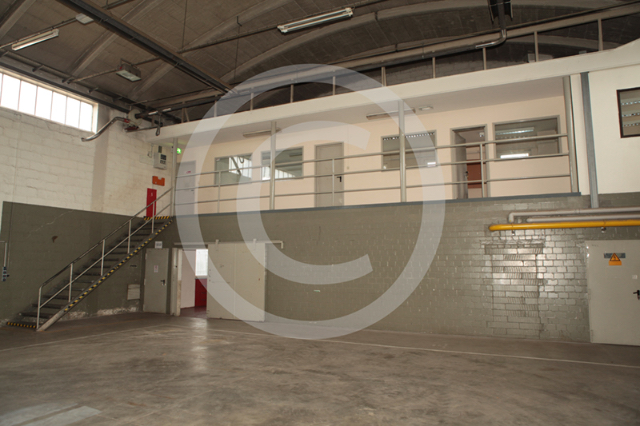
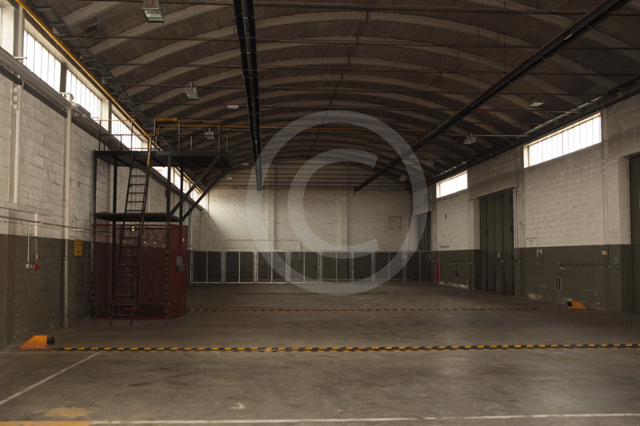
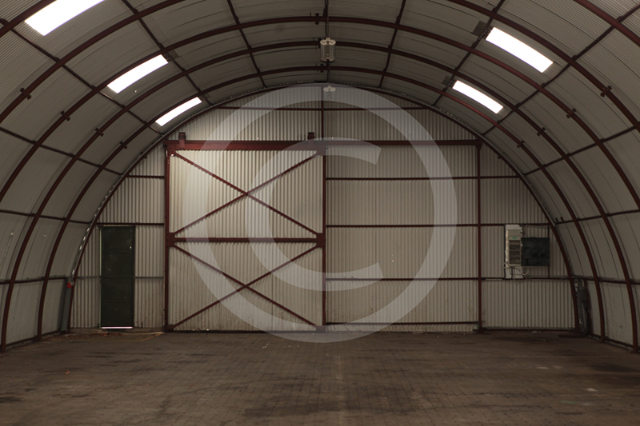
British Army in Hameln – Gone but not forgotten
Last updated: Oktober 4, 2024 at 11:25 am
2025/09/11 – The Bailey Park in Hamelin is officially opened – or: A dream comes true.
© British Army in Hameln.com / Arnd Wöbbeking 🇬🇧 2025/09/11 🇬🇧 A park full of history, encounters, and future – The Bailey Park in Hamelin is officially opened – or: A dream comes true. With warm words and visible joy, Lord Mayor Claudio Griese yesterday inaugurated the new Bailey Park in Hamelin. In his speech, …
2014 – 2024 – 10 years since “Hameln Garrison” was closed
© British Army in Hameln.com / Arnd Wöbbeking 🇬🇧 2014 – 2024 🇬🇧 10 years since “Hameln Garrison” closed Ten years ago, the British garrison in Hameln closed its doors for good. It was Lieutenant Colonel Chaz Story, now Brigadier, who gave the final order to lower the flag of the 28 Engineer Regiment, marking …
2014/03/06 – Bailey Park is closed now
© Arnd Wöbbeking On 06.03.2014 I was able to take the opportunity to go through the Bailey Park for the very last time with the director of the museum. He had already been vacated by the British Forces and was completely empty! The Bailey Park was one of the first sites to be handed over. +++ …
2011/11/18 – Last round through Bailey Park as it was in active service
© Arnd Wöbbeking On 18.11.2011 I had the opportunity to go through the Bailey Park for last time, when he was still active. However, he was quite empty at the time in contrast to earlier times, only a few vehicles and construction machines of ALC could be seen. +++ Am 18.11.2011 hatte ich die Gelegenheit …
1951/10/31 – Die britische Garnison entwickelt sich zu einem Super Arbeitgeber…..
© British Army in Hameln.com / Arnd Wöbbeking 🇬🇧 1951/10/31 🇬🇧 The British garrison is developing into a good employer In 1951, six years after the end of the war, the British garrison in Hamelin employed an incredible 650 GERMAN employees. However, these jobs were not yet very popular with the people of Hamelin, as …



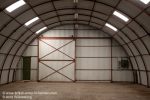
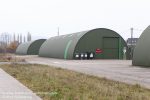

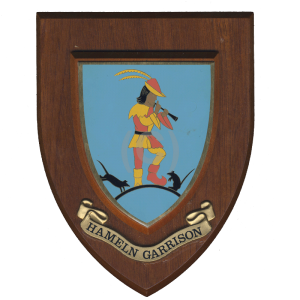


Last comments